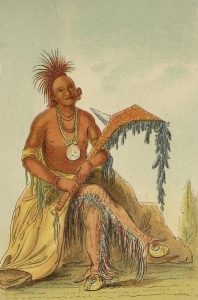Jesse Graham Nicks
Private, Co. H, 30th Div., 119th Inf. Reg.; of Alamance County; son of A. H. and Donna E. Nicks. Entered service April 1, 1918, at Swepsonville, N.C. Sent to Camp Jackson. Transferred to Camp Sevier, then to Camp Merritt. Sailed for France May 11, 1918. Was in all battles with 119th until wounded near St. Souplet, Oct. 10, 1918, by shell. Sent to Australian Hospital, then Convalescent Camp, France. Returned to USA April 2, 1919. Mustered out at Camp Jackson, April 9, 1919.


